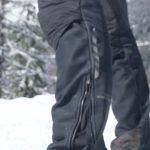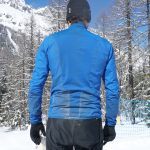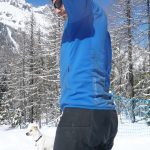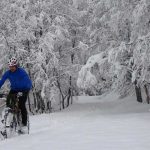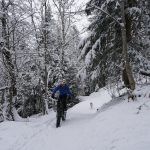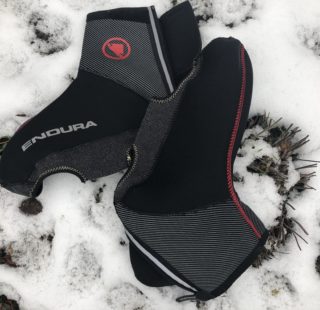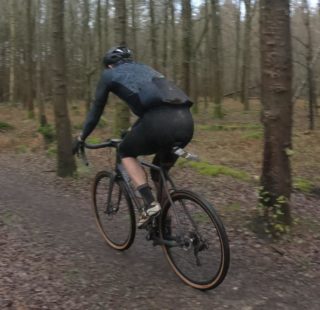Keeper of the Rules – Rule 9
Fair-weather riding is a luxury reserved for Sunday afternoons and wide boulevards. Those who ride in foul weather – be it cold, wet, or inordinately hot – are members of a special club of riders who, on the morning of a big ride, pull back the curtain to check the weather and, upon seeing rain falling from the skies, allow a wry smile to spread across their face. This is a rider who loves the work.
Obviously with cycling’s hard men in mind, the boffins at Gore Wear have developed some new, cold weather, gear. If you insist on riding when the temperature rarely exceeds 0 degrees, you need to read on.
If you live in the mountains, perceptions of what constitutes ‘really cold’ can be quite different to lowlanders. Really cold is around -10 and below, -5 is chilly. Anything above 0 is considered ‘warm’.
Living 1,000m up in the Alps is stunning in the summer, but somewhat challenging in the winter’s consistently sub zero temperatures. When the valley barely sees the sun for around 6 weeks from December onwards, it can become somewhat brisk! Long climbs generate welcome heat, but with equally long descents, stinging wind chill and snow become a significant factor for long term comfort out in the elements.
The Challenges
Long climbs make you hot. Long descents, with stinging wind chill and snow, make you cold. Very cold! As someone who perspires heavily, the usual thermal lined gear can leave me feeling cold quite quickly on those long descents and a couple of hours into rides in really cold conditions.
If you build up a layer of moisture while climbing, ‘normal’ thermal lined gear can chill you down quickly on descents. When temperatures are extreme, this is, for obvious reasons, deemed to be a ‘bad thing’.
Opting for insulated outdoor gear isn’t an option as it just isn’t designed for the faster paced activity of cycling in terms of moisture management.
Gore®Wear have collaborated with Primaloft®, using their Gold level insulation and combined both their climate managing know-how to develop cycle wear ideal for sub zero pedalling.
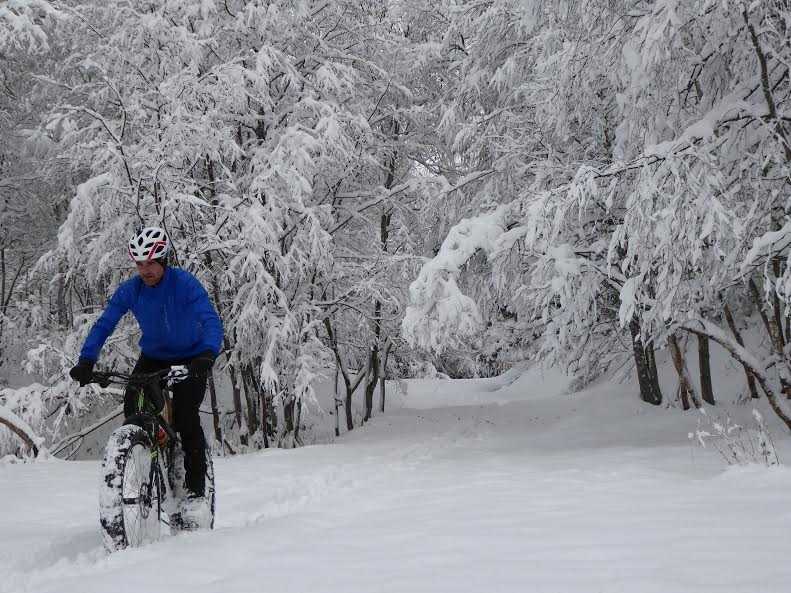
On Test: Gore Power Trail Primaloft Jacket and The One Primaloft Trousers
On test is Gore’s Power Trail Primaloft jacket and The One Primaloft trousers. For the record, the model names will change in line with Gore’s current re-branding exercise. These are Gore’s premium level garments and you can therefore expect premium level design for maximum, no compromise, functionality.

Out of the box, what is immediately noticeable about the jacket is its weight, or rather, the lack of it. Compared to their equivalent windstopper, thermal lined Oxygen winter jacket for example, it is feathery light. The cut is also more relaxed, slim but but not form fitting, presumably allowing for layering up underneath or a thicker base layer. Similarly with the trousers, they are a slim fit but. not tight, allowing you to add layers when it’s really cold.

Super Technical Design
From all the shaped panelling and the use of different materials in strategic areas, you can see that this jacket has been designed to maximise breathability, control overheating whilst retaining warmth, and protect the wearer from the effects of windchill. It uses a mix of thermal lined windstopper, Primaloft Gold filled windstopper, and non-windstopper thermal fabrics. The trousers are a similar design using only Primaloft and thermal lined windstopper.
Gold is Primaloft’s highest level of artificial insulation, balancing low weight, a high level of warmth and breathability.
The beauty of artificial insulation is its ability to keep you warm even when it is wet. It also boasts excellent levels of moisture management. Ideal for cycling applications then? Well, not quite. Make a cycling jacket entirely from it and you’ll cook! This is where Gore get clever. To maximise breathability, they have included stretch (non-windstopper) thermal lined panels under the arms, down the sides and along the back. Thermal lined windstopper material sits on top of the shoulders to control windchill and manage breathability. The rest is Primaloft filled, including shaped back panels to cover the kidney areas. The neck collar is a comfortable fit and is also Primaloft filled. The main zip is suitably chunky, allowing use with thick gloves.
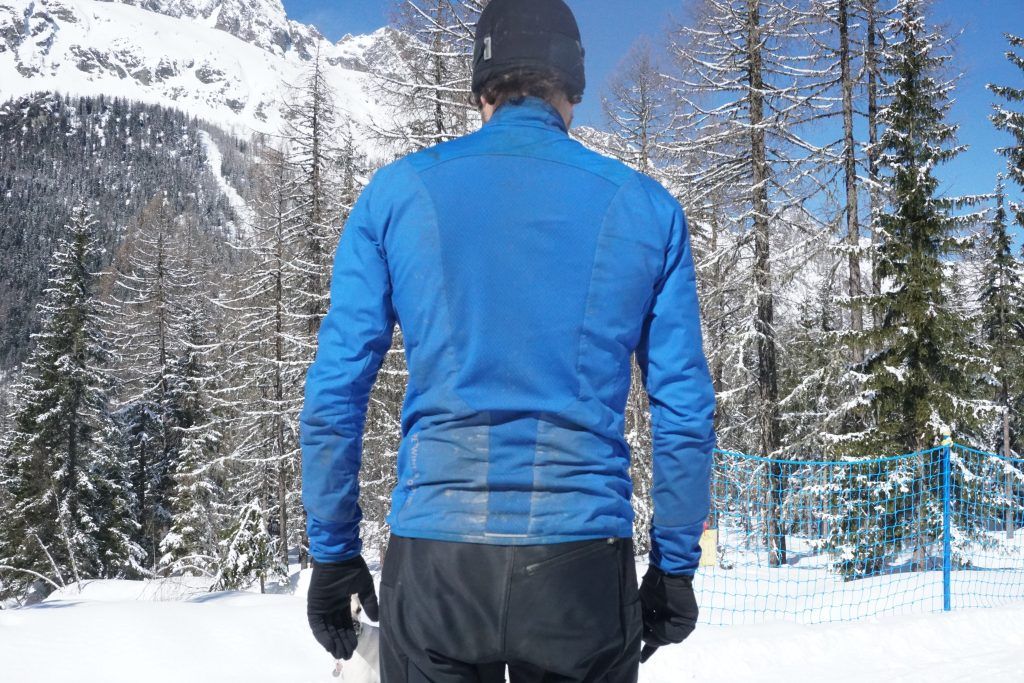
Unusually for a cycling jacket, there are no rear pockets. Instead, there are two, voluminous, lower front pockets and one at the chest, ideally sized for phones. The jacket is however, well suited to other mountain sports such as trail running and ski touring (also tested) where moisture management is critical to avoid the user getting chilled.
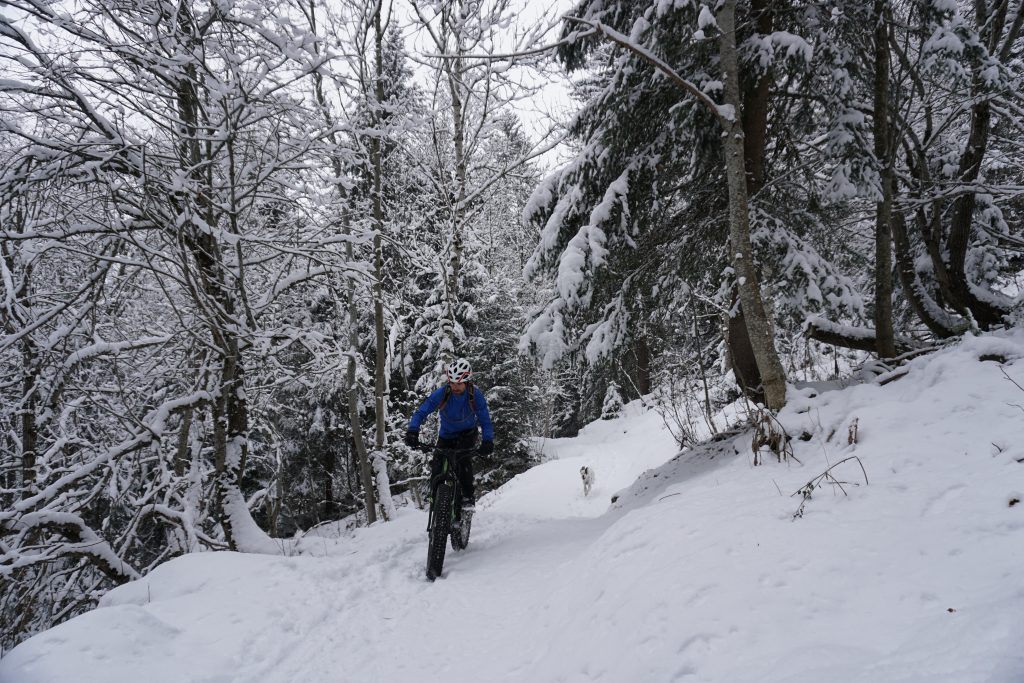
The One Primaloft Trousers
The trousers share the same, functional design. The front panels are Primaloft filled windstopper covering the crotch area, thighs and knees areas. The back of the legs and lower front leg are made from thermal lined windstopper. The seat area is reinforced windstopper. A zip along the outside of the lower leg allows for easier dressing and and gives a snug fit over overshoes.
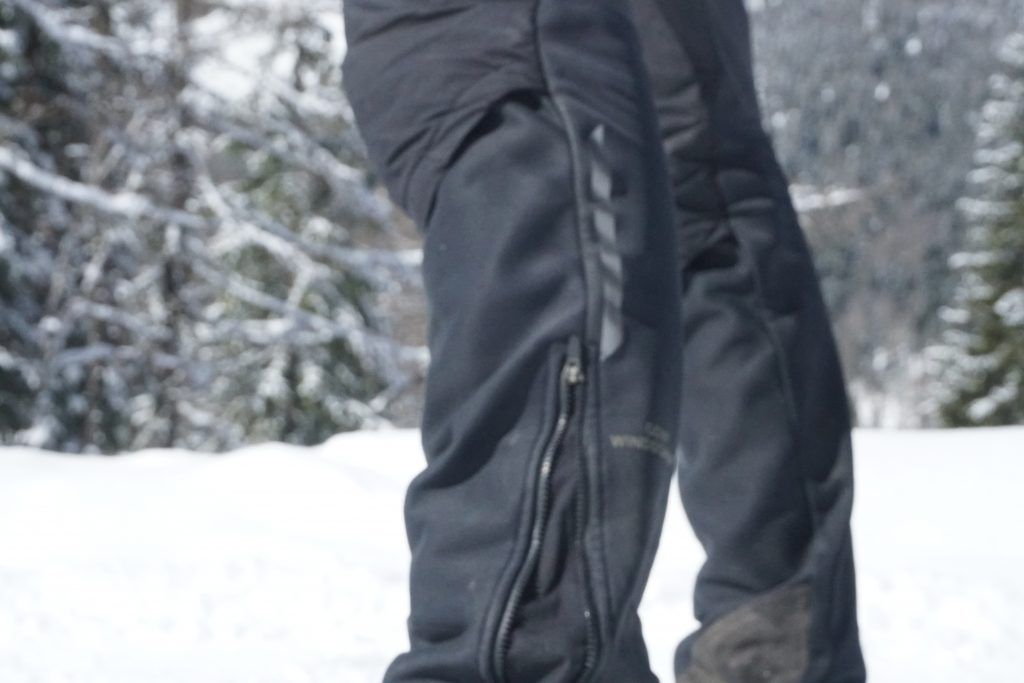
As the trousers aren’t form fitting, Gore have included Kevlar reinforced areas on the lower inside areas to avoid damaging the softer windstopper material should legs contact the crank/chainrings. Nice touch.
Much like the jacket, the trousers function across a range of mountain activities. I have used them successfully in conjunction with the jacket for ski touring and winter trail running.
Testing Conditions
Out on the trail, both jacket and trousers have had a hard life over the past few months. They have been the kit of choice for every ride, even on rainy ones. (Yes, we have had the odd day of rain here mid-winter!). In wet weather, I wear a pair of Gore’s ¾ length waterproof shorts over the trousers and the new Shakedry waterproof jacket. I prefer the 1985 version as the cut is slightly more relaxed than the C7 version and longer.
Keeping dry
Primaloft will get heavier than a standard winter jacket when soaked through, so it’s still better to wear a waterproof layer. As the lower sections of the trousers aren’t Primaloft it doesn’t matter if they wet out. Clever design.
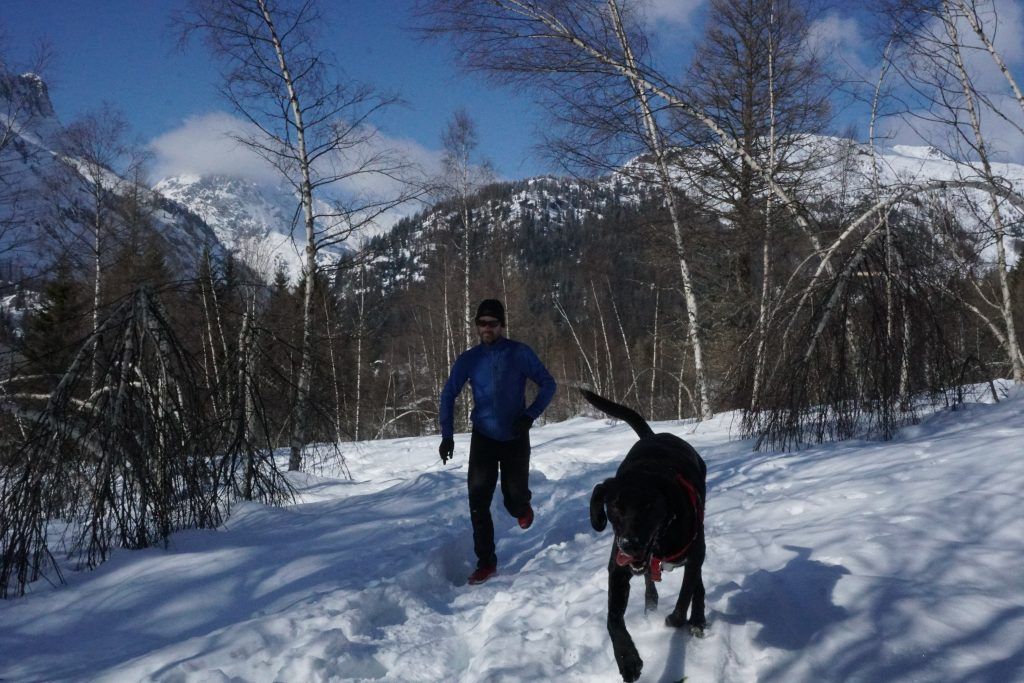
How did it all stack up?
Ride conditions have varied from -12 to +4 degrees. I also used the jacket and trousers while racing in the 4 day Snow Bike Festival in Gstaad. Where most others riders were unzipping and zipping up jerseys for climbs and descents I didn’t need to. The Gore jacket kept me comfortable in its internal micro climate.
Gore’s thermal long sleeve baselayer was sufficient as a baselayer for most riding above -10. The Shakedry gave me added protection from windchill on descents. As the trousers have no pad, I simply wear a standard pair of cycle shorts.
Rebranding
With Gore’s move away from labelling their gear ‘bike wear’ and ‘running wear’ to simply Gore Wear, no doubt we are going to see the brand evolve their products for a wider range of mountain activities. There are already numerous posts on their Instagram feed with athletes using Gore Wear for XC skiing.
Conclusion
These Primaloft filled jacket and trousers have really extended the temperature range for people riding in much colder climates. The insulation creates a more comfortable micro climate (than standard thermal lined kit), as it seems to manage moisture and retain warmth better.
The jacket is in its first iteration and admittedly needs some refinement. They are however, well on the way to creating the ideal jacket for sub zero conditions cycling and fast paced mountain activities.
The trousers work supremely well, protecting you from the elements, even with numerous offs into deep snow.
If you ride and live in regions where sub zero days are the norm, then these should be high up on your shortlist of garments to consider.
With Primaloft filled gloves now in the range, it remains to be seen just how this partnership with Primaloft will continue to evolve as Gore®Wear delves into other mountain sports markets.
Exciting times for the brand.
All photos: Scott Cornish.
Last modified: 26th January 2019

